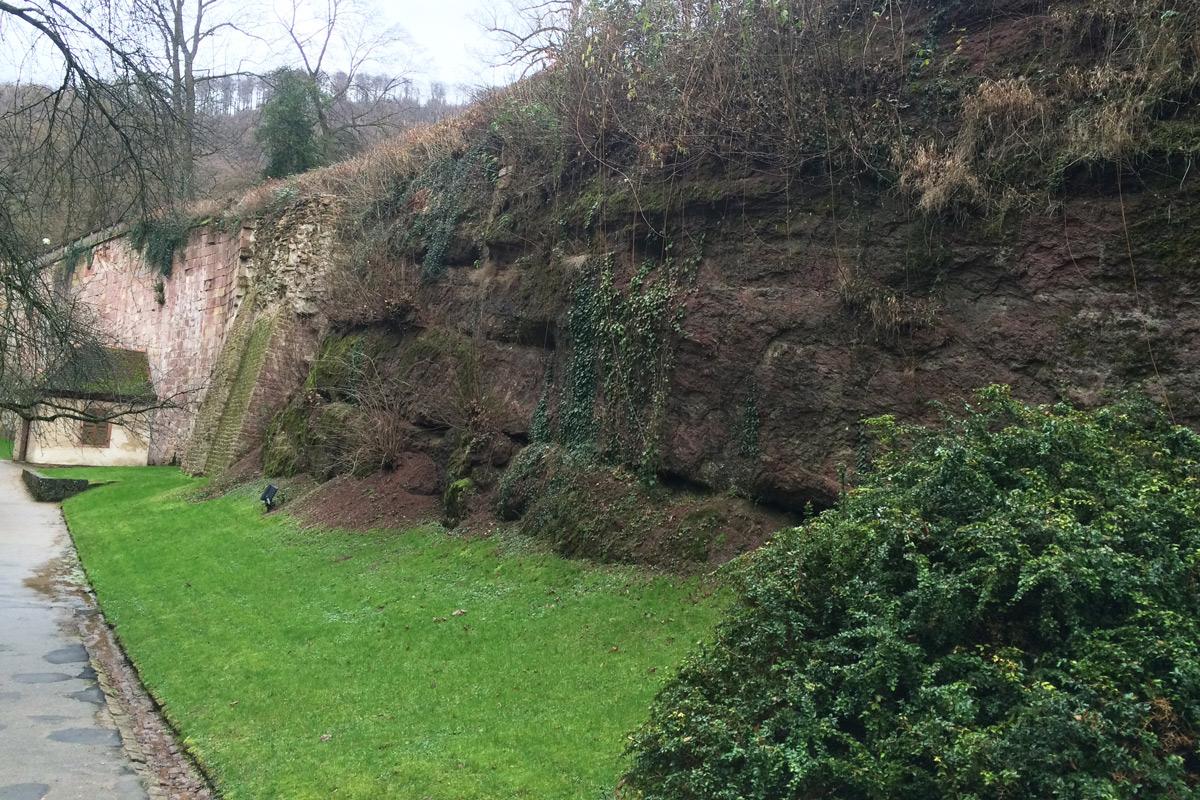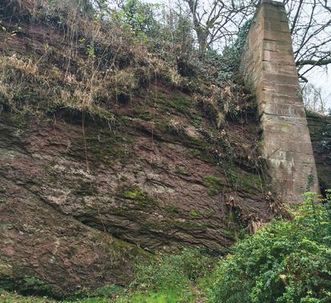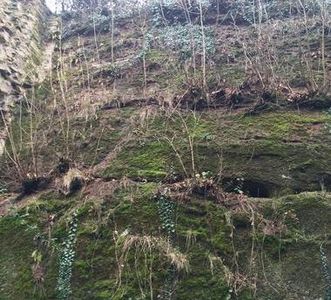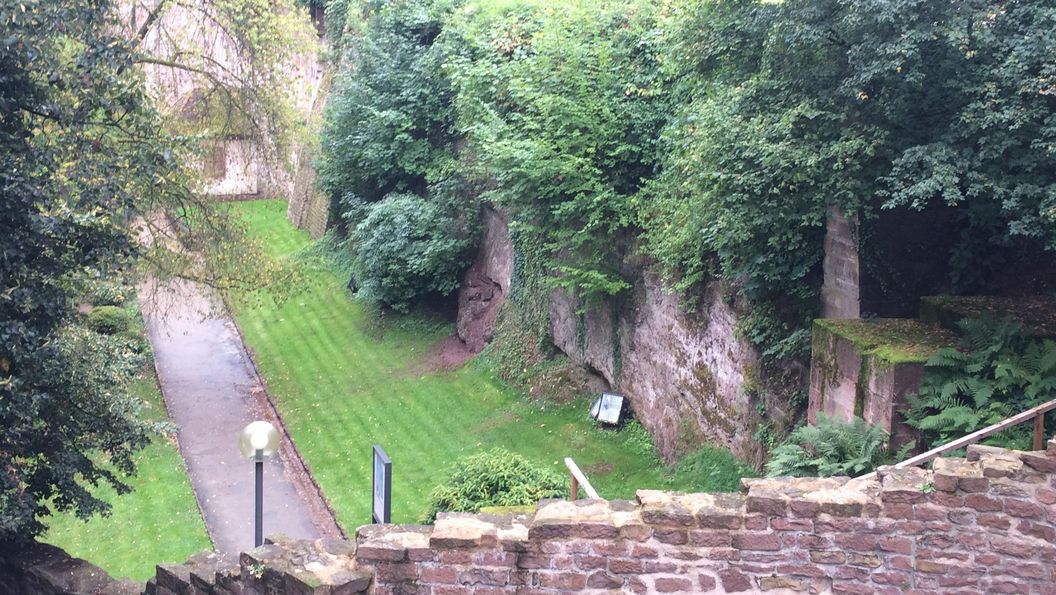Geotope: A window into the past
Geotopes are abiotic, natural formations that can act as "windows into geological history" and offer insight into the development of the earth and living things. They can include stone quarries, natural stone cliffs as well as special landscape formations, fossil sites or meteor impact craters. The Geo-Nature Park Bergstraße-Odenwald names a "Geotope of the Year" annually.






